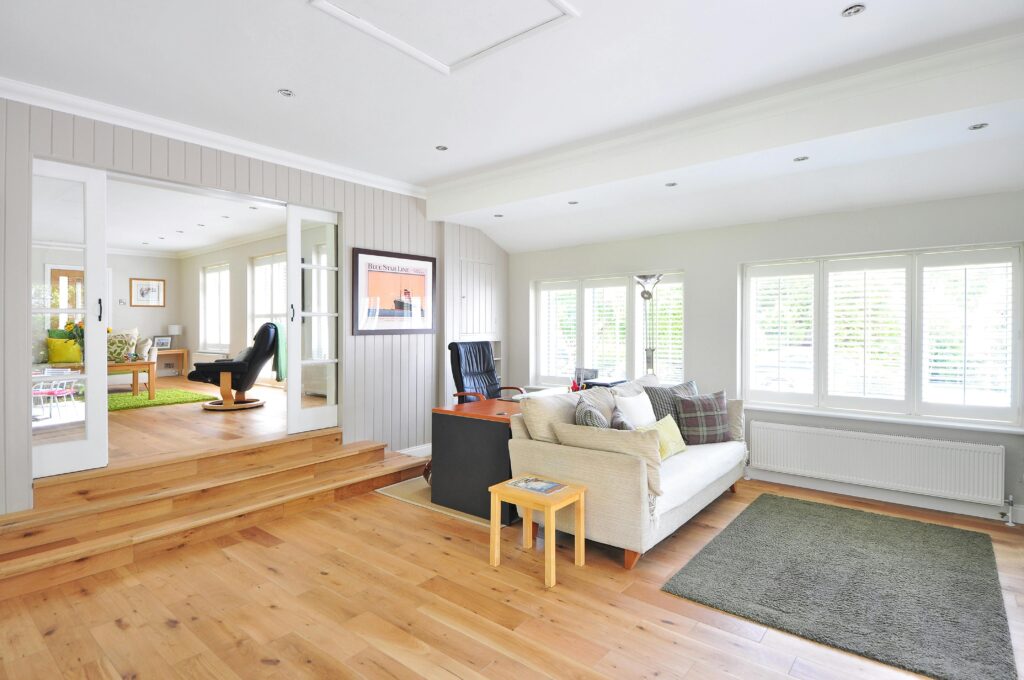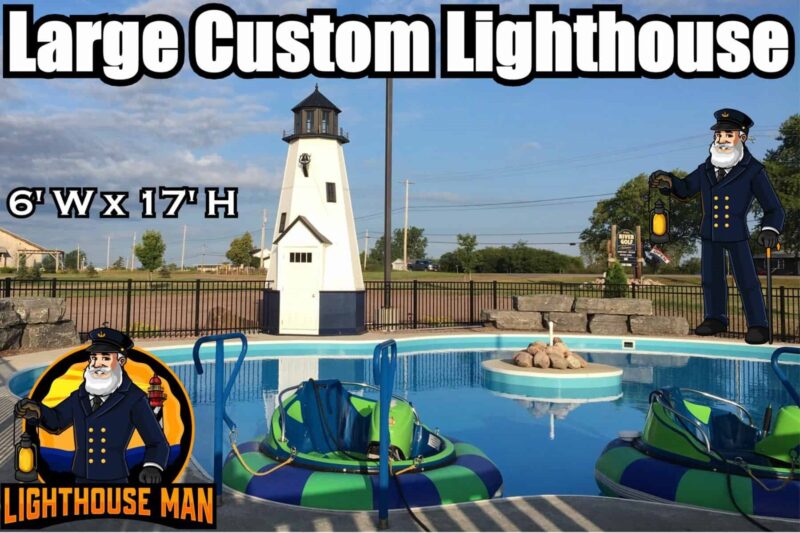
Want to buy your dream home but feeling overwhelmed by all the financial planning?
You’re not alone. In 2025, 47% of Americans can’t afford to buy a home, and that’s mostly because they don’t understand how to budget properly for such a massive purchase.
Here’s the thing:
Budgeting for a home isn’t just about saving for the down payment. There are dozens of hidden costs, ongoing expenses, and financial strategies that most first-time buyers completely overlook.
But here’s some good news…
With the right budgeting approach and knowledge of available home buying services, you can turn your homeownership dreams into reality — even in today’s challenging market. Whether you’re looking to sell a York home or exploring options in other markets, understanding your complete financial picture is the first step to success.
What you’ll discover:
- The Real Cost of Homeownership (Beyond The Purchase Price)
- Smart Savings Strategies That Actually Work
- Understanding Down Payment Requirements
- Hidden Expenses Most Buyers Miss
The Real Cost of Homeownership (Beyond The Purchase Price)
Most people think buying a home is just about the sticker price.
Wrong.
The purchase price is just the beginning. When you’re budgeting for your dream home, you need to account for a whole bunch of other costs that add up fast.
Here’s what most buyers don’t realize:
The median home price might be $419,200 according to recent data, but your actual expenses will be much higher. You’re looking at closing costs, moving expenses, immediate repairs, and other fees nobody talks about.
Let’s break down the real costs…
Upfront Costs You Can’t Avoid
- Down Payment: This is the big one everyone talks about. The median down payment is $67,500 as of 2024, but here’s the kicker — first-time buyers typically put down just 9% while repeat buyers put down 23%.
- Closing Costs: These typically range from 2% to 5% of your purchase price. On a $400,000 home, that’s $8,000 to $20,000 you need to have ready.
- Other Essentials: Don’t forget home inspection ($300-500), appraisal fee ($300-600), and moving expenses ($1,000-3,000).
Ongoing Monthly Expenses
Your mortgage payment is just the start. You also need to budget for:
- Property taxes (varies wildly by location)
- Homeowner’s insurance
- PMI (if you put down less than 20%)
- HOA fees (if applicable)
- Utilities (often higher than renting)
- Maintenance and repairs (budget 1-3% of home value annually)
The bottom line?
That $400,000 home will cost you way more than $400,000 when all is said and done.
Smart Savings Strategies That Actually Work
Saving for a home feels impossible when you’re looking at those massive numbers.
But here’s what successful homebuyers know…
They don’t wait until they have the “perfect” amount saved. They use smart strategies to make their money work harder and get into homeownership sooner.
The 50/30/20 Rule (Modified for Home Buyers)
Forget the traditional budgeting advice. When you’re serious about buying a home, you need to adjust your spending priorities:
- 50% for needs (rent, groceries, utilities)
- 20% for home buying fund (not just any savings)
- 30% for wants and other goals
Why this works: You’re treating your home fund like a non-negotiable bill, not leftover money.
Automate Everything
Set up automatic transfers to your home buying fund the day after your paycheck hits. Treat it like you’re paying yourself first.
Pro tip: Open a separate high-yield savings account specifically for your home fund. Seeing that balance grow will keep you motivated.
Use Windfalls Wisely
Tax refunds, bonuses, gifts — every unexpected windfall should go straight to your home fund. According to recent data, 44% of homeowners saved specifically for their down payment, while others used gifts from family or tapped into other resources.
Cut Back Strategically
Look at your biggest expenses first. Can you move to a cheaper rental, get a roommate, cancel unused subscriptions, or cook at home more often?
Small changes add up fast when you’re consistent about them.
Understanding Down Payment Requirements
Here’s where most people get confused…
You don’t need 20% down to buy a home. That’s just the amount where you avoid private mortgage insurance on conventional loans.

The reality? There are tons of options depending on your situation:
Conventional Loans
- Minimum down payment: 3%
- Best for: Buyers with good credit who want flexibility
- PMI required: Yes, if under 20% down
FHA Loans
- Minimum down payment: 3.5%
- Best for: First-time buyers or those with lower credit scores
- PMI required: Yes, and it stays for the life of the loan in most cases
VA Loans
- Minimum down payment: $0
- Best for: Eligible veterans and service members
- PMI required: No, but there’s a funding fee
USDA Loans
- Minimum down payment: $0
- Best for: Buyers in eligible rural areas
- PMI required: Yes, but it’s typically lower than other programs
The shocking truth? Only 35% of prospective buyers have started a down payment fund, even though many are actively looking at homes online.
Don’t be one of those people who dreams about buying but never takes action.
Hidden Expenses Most Buyers Miss
Want to know what separates successful homebuyers from everyone else?
They budget for the stuff nobody talks about.
Immediate Move-In Costs
- Utility deposits and setup fees
- Internet/cable installation
- Basic tools and supplies
- Immediate safety items (new locks, smoke detectors)
- Window treatments (you can’t live in a fishbowl)
First-Year Surprises
- Landscaping and yard maintenance
- Appliance repairs or replacements
- HVAC maintenance
- Pest control
- Emergency repairs (because something will break)
Long-Term Budget Items
Here’s what many new homeowners don’t realize:
Your home will need major updates every few years. Budget for roof replacement (every 15-25 years), HVAC replacement (every 10-15 years), water heater replacement (every 8-12 years), and exterior painting (every 5-10 years).
Smart homeowners start saving for these big-ticket items from day one. Even $50-100 per month into a home maintenance fund will save you from financial stress later.
The Pre-Approval Reality Check
Before you fall in love with any home, get pre-approved for a mortgage. This tells you exactly what you can afford and makes you a serious buyer in sellers’ eyes.
But here’s the catch: 81% of prospective buyers say down payment and closing costs are major obstacles, with 52% calling it “very significant.”
Don’t let this discourage you. Instead, use it as motivation to create a realistic timeline and savings plan.
Making It All Work Together
Successful home budgeting isn’t about perfection — it’s about being realistic and consistent.
Start here:
- Calculate your true housing budget (not just the mortgage)
- Determine your down payment strategy (don’t wait for 20%)
- Set up automatic savings (pay yourself first)
- Research loan programs (find the best fit for your situation)
- Get pre-approved (know exactly what you can afford)
Remember, only 28% of Americans who started 2024 intending to buy a home were successful. The difference between success and failure usually comes down to planning and persistence.
Wrapping Things Up
Budgeting for your dream home doesn’t have to be overwhelming when you know what you’re doing.
The key takeaways:
- The real cost of homeownership goes far beyond the purchase price
- You don’t need perfect credit or 20% down to buy a home
- Smart savings strategies can get you there faster than you think
- Planning for hidden expenses prevents financial stress later
Here’s the truth: Homeownership is still achievable in 2025, but it requires more planning and patience than it used to. The buyers who succeed are the ones who educate themselves, create realistic budgets, and take consistent action.
Start building your home buying fund today. Even if you’re not ready to buy immediately, every dollar you save gets you closer to your dream home.



